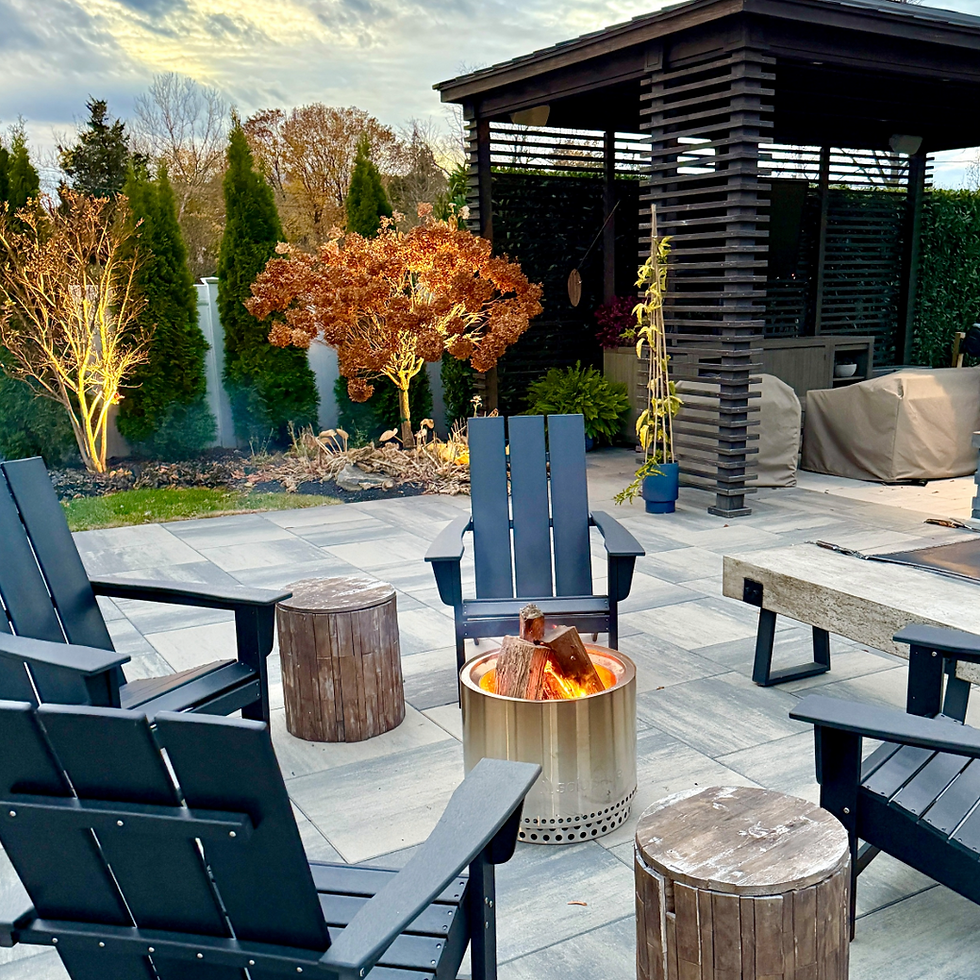It's Not Too Early to Plan for Spring Planting
- Rebekah
- Jan 18, 2022
- 2 min read
It is so much fun to plan for your garden before spring arrives! If you are a beginner at gardening (we've all started at the beginning, and rest assured there is always plenty more for anyone to learn about gardening!), it can be helpful to know these tips to prepare for planting this spring. Every seasoned gardener knows to think about these things while planning a new gardening bed.
1. Pay special attention to your sunlight. To do so, first- look up at the trees! Deciduous trees do not have leaves now and therefore your new gardening bed might seem to have more sunlight than it actually will once there are leaves on those trees. Take this into account when figuring out your sunlight for a particular area.
Full sunlight = 6+ hours of direct sunlight per day OR full afternoon sunlight (which is the hottest sun of the day).
Part sun = morning sun/ afternoon shade.
Shade = full day shade or dappled shade (such as under a canopy of trees).

2. What are the dimensions of the new gardening bed (or existing that you're adding plants to)? When planning for plants, be sure to account for the plant's mature size. Your garden may look a little sparse the first year or two, but before you know it, those plants will have grown and will reach maturity (you can bypass this tip to an extent if the plant you're planting is a super slow grower- then you would want more plants around it as it would take many, many years to mature).
3. What kind of garden do you like? Formal, easy to maintain, cottage... gather ideas thru Pinterest or online of what kind of garden you envision- also, keep in mind that gardens take time and patience to grow into what you'll see online. Follow us on Pinterest for landscape ideas!

4. This tip correlates to #3; pay attention to the style of your home, especially if working on front landscape. Do you have traditional exterior? A white farmhouse? Keep your home's front elevation and style in mind when planning the front landscape design. Using varying plant height, textures, and a mix of evergreen/ deciduous plants matters when planning your landscape and you can work with your home's exterior there, too. For example, focal points are often between two identical windows (such as garage windows) and could be a Crape Myrtle, or tall slender evergreen (such as 'Sky Pencil' Holly or 'Emerald Green' Arborvitae). Plants often look best in groupings or in odd numbers (odd numbers sometimes can include focal points, but not always).
5. Come by the garden center now to get ideas and have questions answered- we are much less busy in winter. While we love to help as much as we can in spring, we are a small business with a small number of employees. If you have lots of questions, come by in January or February where we can devote a lot of time to your garden with you.



